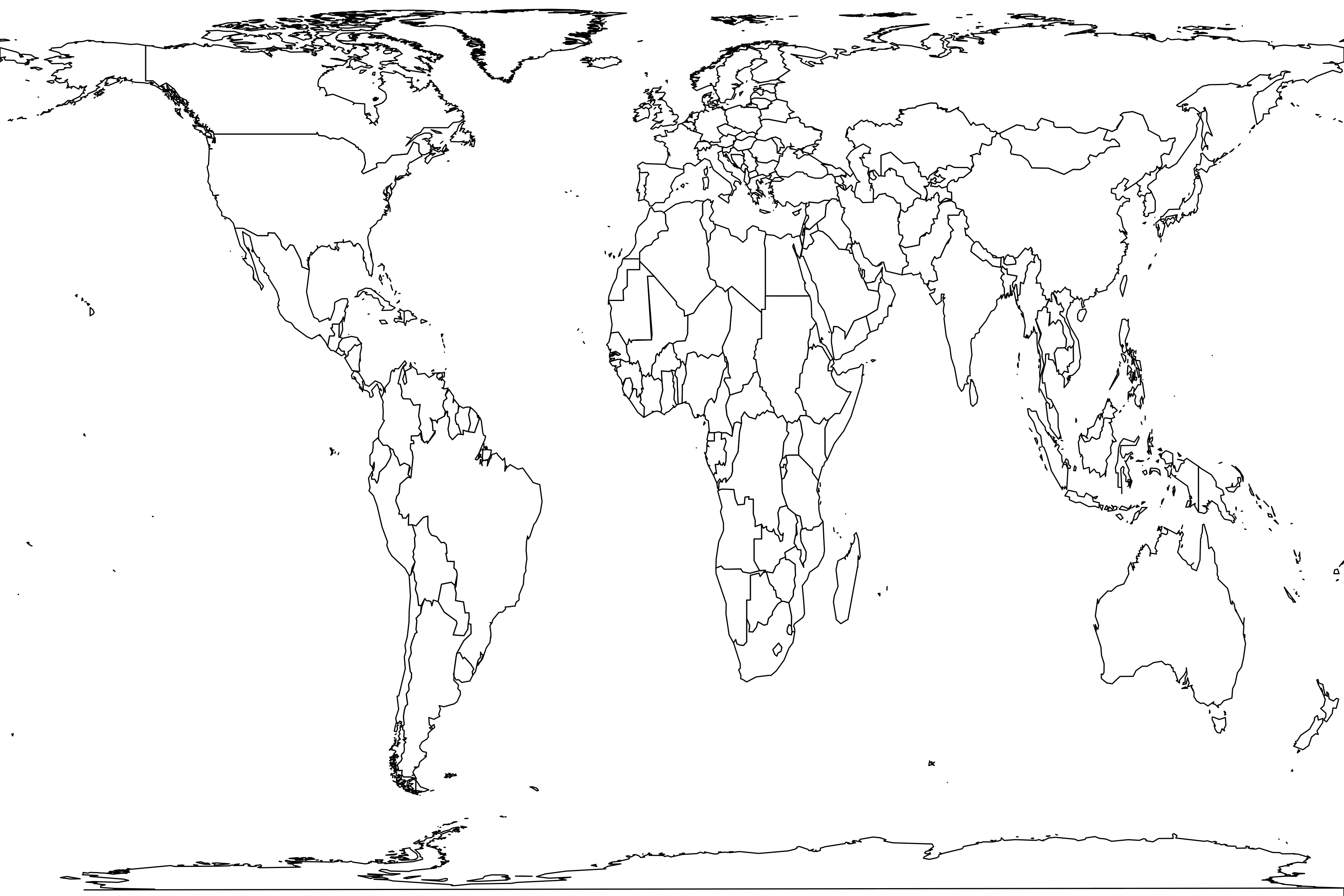Seiurus novaboracensis
Seiurus noveboracensis
Mass: 16.3 g
Latitudinal range: 10.2° to 64.9°Habitats: temperate broadleaf/mixed forest (12), tropical/subtropical moist broadleaf forest (8), tropical/subtropical dry broadleaf forest (5), boreal forest/taiga (4), temperate wetland (1)
Found in 30 samples
Belize: Belize Groves Management Company Limited (orange orchard #4), Hill Bank
Canada: Avalon Peninsula, Calling Lake (treatment), Calling Lake (control), Tantramar Marshes, Churchill Falls
Costa Rica: La Selva Biological Station (gap), La Selva Biological Station (intact forest)
Guatemala: Finca Caobanal, Puerto Barrios (mist netted birds)
Honduras: Centro de Investigacíon y Jardín Botánico Lancetilla, Isla de Utila
Mexico: Santa Martha (open)
United States: Pine Swamp, Baldwin County, Sandrock Cliff (spring), Sandrock Cliff (fall), William Trelease Woods (gap, spring), Lighthouse Tract, Creamer’s Field Migratory Waterfowl Refuge (spring), Creamer’s Field Migratory Waterfowl Refuge (fall), Wedge Plantation, Laudholm Farm, Clayhead Preserve, Clive Runnells Family Mad Island Marsh Preserve
Venezuela: Este del Lago de Valencia (rainy season), Paso de Portachuelo, Cumaná, Instituto de Biología Experimental (wet season)
| body mass | 16.3 g | (N = 0) |
See also Parkesia, Parkesia motacilla


